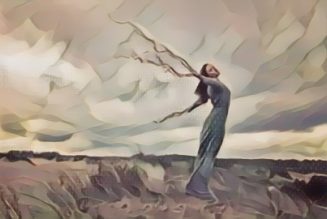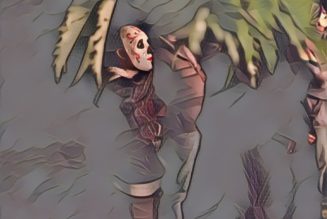The Italian Rite of Union, particularly within Catholic or Christian contexts, includes a range of postures and gestures that are often observed during ceremonies. These actions are associated with various symbolic meanings and historical traditions.
Standing is frequently seen during significant parts of the ceremony, such as prayers, blessings, or scripture readings. This posture is generally associated with respect and attentiveness, and has been recognized historically as a sign of reverence.
Kneeling is another common posture, especially during prayers or moments of supplication. It is often linked to humility and reverence, and has origins in early Christian practices where kneeling was viewed as a physical expression of devotion.
Sitting may occur when participants listen to readings or sermons. This posture is typically connected to reflection and contemplation, and can be traced to monastic traditions involving meditation on religious texts.
Joining hands is sometimes observed among couples or participants during the Rite of Union. This gesture is commonly interpreted as a symbol of unity and commitment, with historical roots in ancient Roman customs.
Raising hands may take place during blessings or invocations, signifying openness to receiving grace. This gesture is reminiscent of early Christian worship, where raised hands were used to seek blessings.
The Sign of the Cross is also present throughout the ceremony. This gesture is associated with faith and the Holy Trinity, and has been practiced since the early centuries of Christianity as a way to invoke protection and presence.
These postures and gestures are considered to reflect the symbolic aspects of the Rite of Union, including themes of unity, commitment, and spiritual presence. Each action is connected to historical practices and carries particular meanings within the context of the ceremony.






















